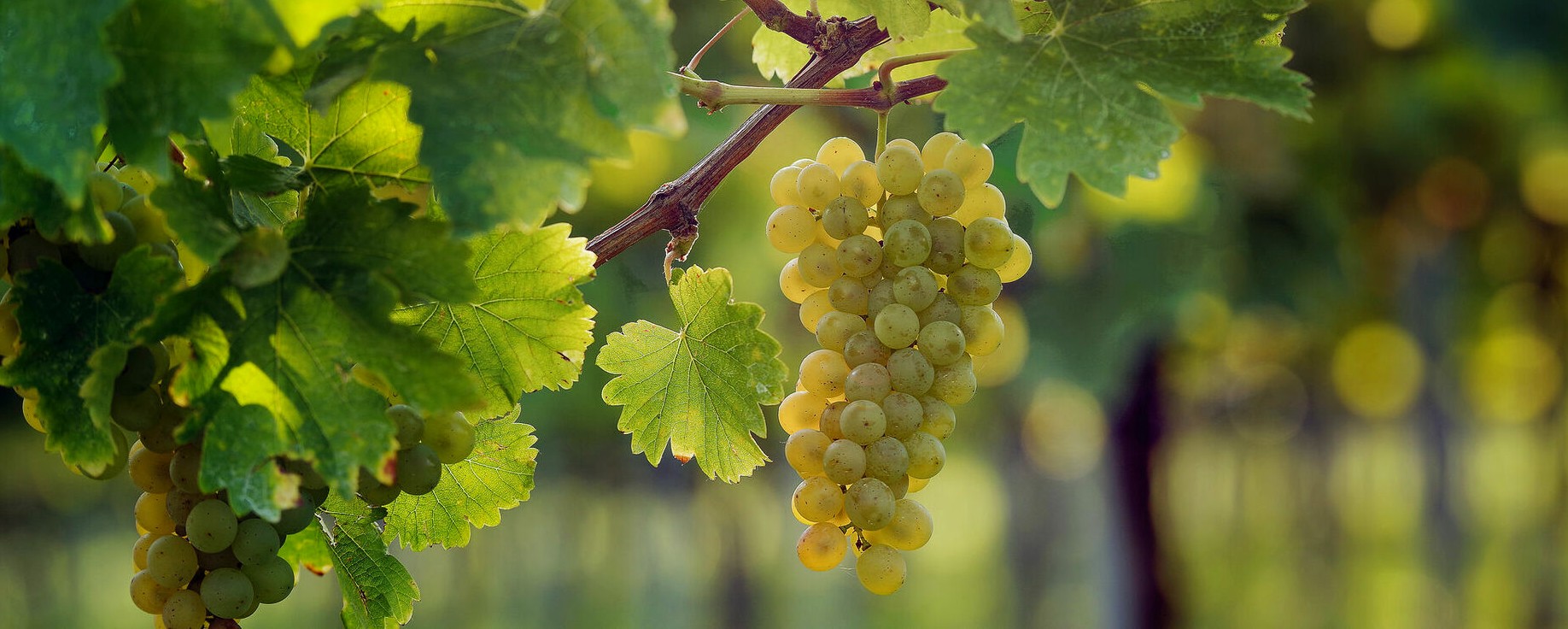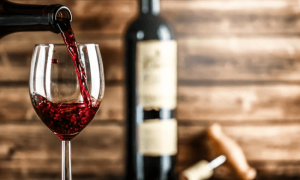It’s the white wine that dominates wine lists around the world – but is it time to look past Sauvignon Blanc? If you’re ready to explore some more expressive alternatives, here are four excellent wines that offer bright flavours, great balance, and brilliant pairings with Asian cuisine.
While speaking to a Margaret River winemaker recently, our discussion turned to white wines made from the ubiquitous Sauvignon Blanc grape variety. His immediate response was to refer to this well-known wine style as ‘Sauvignon Bland’ to describe its unidimensional flavour profile.
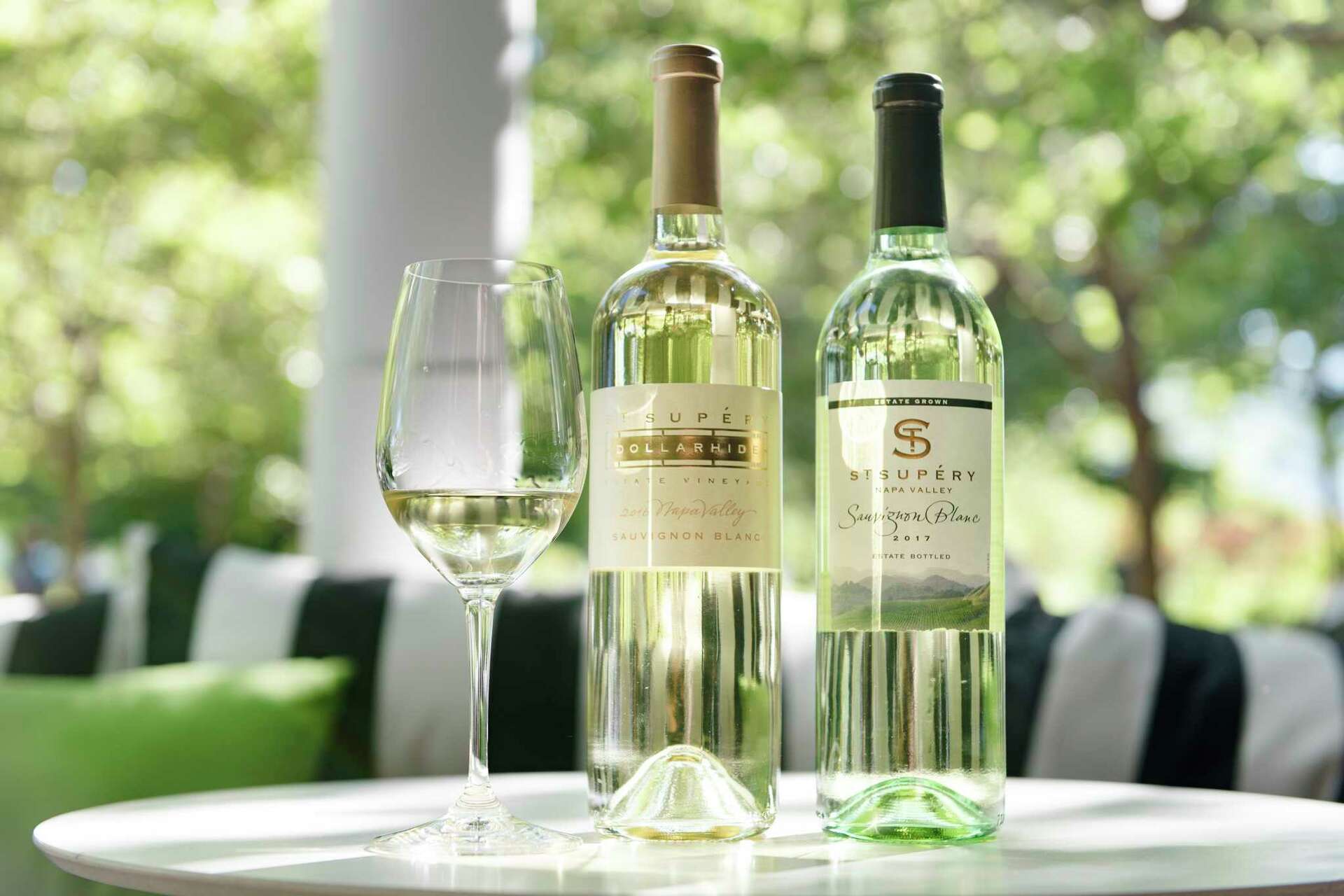
Don’t for a minute think that we’re not fans of Sauvignon Blanc; we love the bright, tropical flavours of those produced in the New World and the more subtle styles produced in Old World destinations such as Styria (Austria) and Sancerre (France). However, those who compile wine lists appear to be blindsided by the variety in invariably choosing Sauvignon Blanc as their house wine. It has become the safe, go-to wine for many, and we think it’s time to broaden our palates by sampling just some of the other thousands of white grape varieties used to make wine around the globe.
Wine trends change constantly as winemakers tweak styles to make them more appealing to ever-changing palates. For example, gone are the full-bodied, buttery and heavily oaked Chardonnays of old; modern Chardonnay is crisper, fresher, fruitier and made with less new oak. Chardonnay has gone from riches to rags and fell out of favour some years back. However, it’s made a comeback as wine lovers seek something different from a familiar friend.
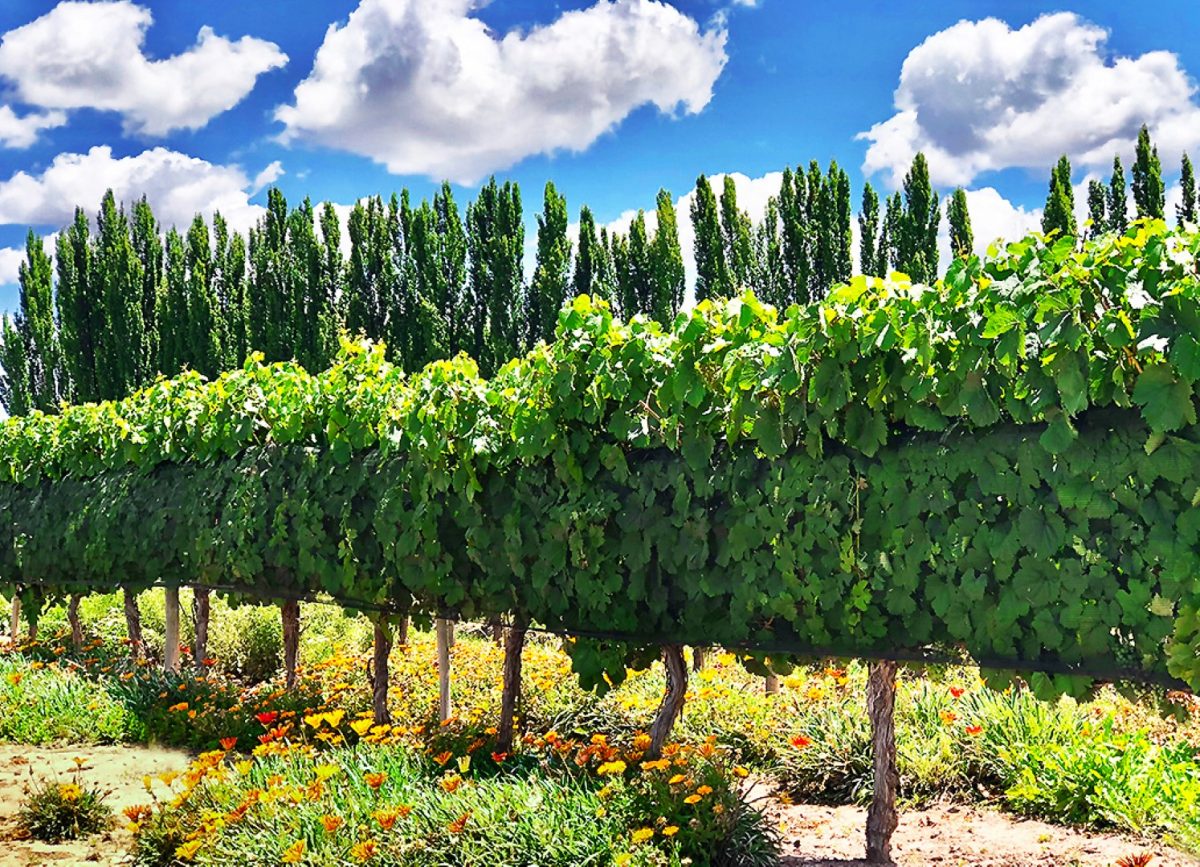
Feeling a bit burned out by Sauvignon Blanc’s dominance, we thought it would be good to investigate some alternative white wines. Here, we share four of those with you for consideration the next time you’re confronted with the dilemma of choosing a wine to pair with seafood or white meat – or even a local dish!
While we thought of Albariño, Aligoté, Grüner Veltliner, and Chenin Blanc, we turned to several more traditional varieties to sample, all of which are available in Malaysia. Read on if you, too, are asking the question, what’s another option beyond Sauvignon Blanc?
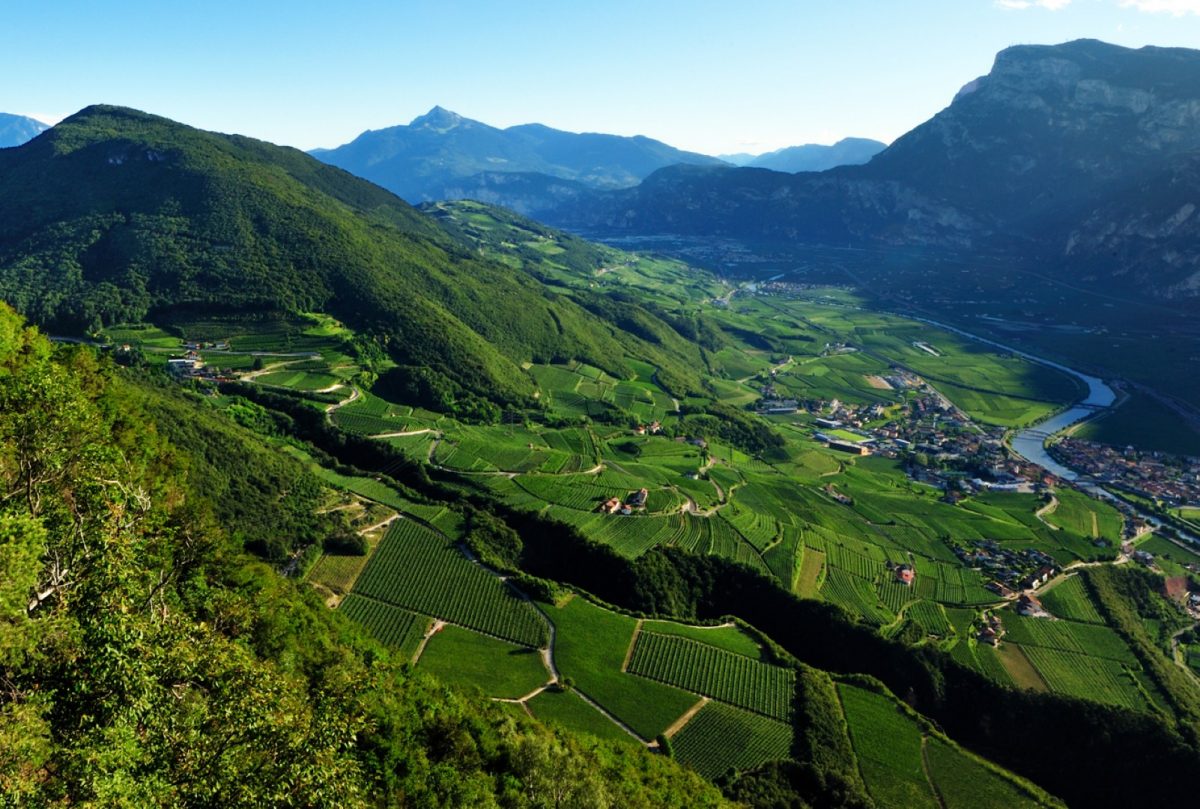
Yeya Finca Becara
Finca Becara has chosen innovation over tradition in making wines with a difference. This estate, located just north of Murcia in southeast coastal Spain near Alicante, is part of a new generation of Spanish producers intent on exploring regional identity through a wider lens. Their white Moscatel de Alejandría and Chardonnay blend is an example of how that philosophy plays out in the glass. These two grape varieties are rarely seen together in the same bottle, but we enjoyed the blend for it being quietly unconventional. The vineyard’s location near the Mediterranean ensures that temperatures are tempered by sea breezes that also lend freshness to the fruit. Moscatel is one of the oldest grape varieties still in cultivation, with origins traced to ancient Egypt and the eastern Mediterranean. Chardonnay, while a newcomer to Spanish viticulture, lends structure and breadth to the blend.
Winemaker Irene Gómez Aroca has crafted a wine that is aromatic but restrained. Yeya opens with aromas of floral notes, citrus peel and apricot. Although Moscatel is typically used to produce a sweet wine, Yeya does not exhibit pronounced sweetness. On the palate, the Moscatel gives a floral lift and a touch of spice, while Chardonnay brings weight, minerality and a fine acidity. This wine delivers the brightness of Moscatel without its saccharine sweetness and the complexity of Chardonnay without its heaviness. The wine’s floral notes pair well with Thai basil or Vietnamese coriander, while the wine’s acidity means it can negotiate soy, ginger and most spices with ease. It is a natural pairing with seafood and salads.
- Producer: Finca Becara
- Style: Yeya
- Region: Jumilla, Murcia
- Vintage: 2023
- Grape Varieties: Moscatel de Alejandría and Chardonnay
- Alcohol Content: 12%
- Closure: Cork
- Price: RM180
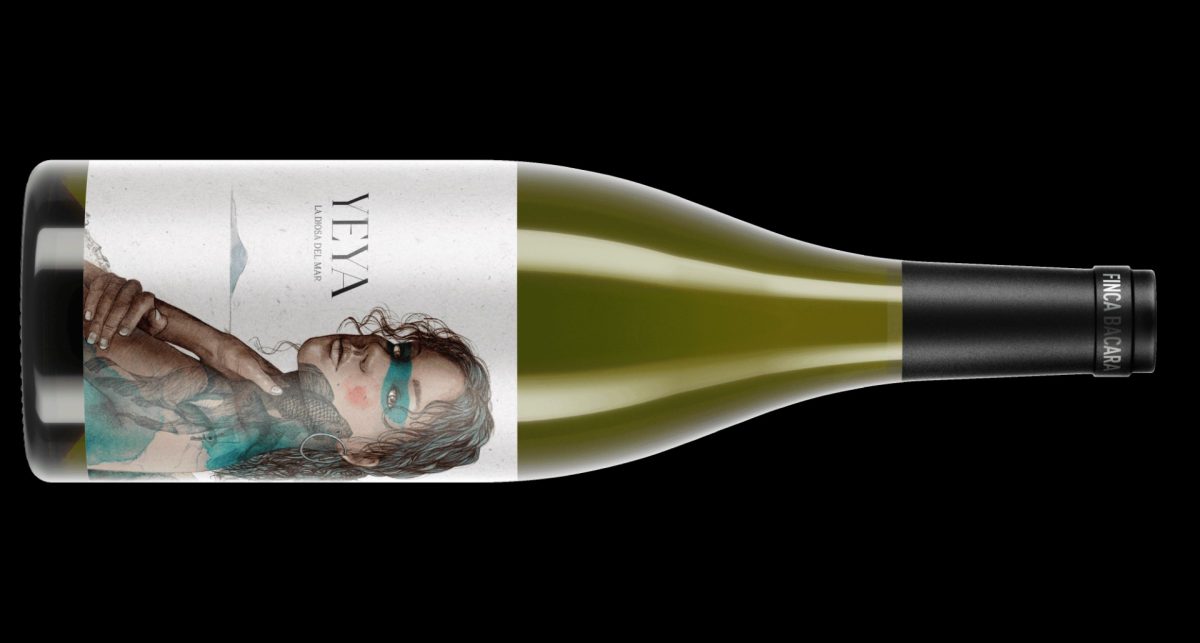
Cavit Collection Riesling
The grapes for this wine are sourced from steep hillside vineyards in Lombardy, northern Italy, where small parcels of Riesling have been grown for centuries. Riesling is a variety well-known in most parts of the world, but in Italy, it is overshadowed by other white varieties. It was this anomaly that captured our attention, suggesting we should try the wine. It hails from Puglia, a region located just south of Milan and north of Genoa and is classified as Indicazione Geografica Tipica (IGT). The Italian wine classification system requires a doctorate to negotiate, but think of IGT as an explanation for grapes sourced from various regional locations, or grape varieties that aren’t typical of the region.
Riesling is an outlier, especially in Pavia, where red wines like Bonarda and Barbera have long dominated. This Riesling offers a distinct take on the variety, as it’s more Alpine than Mediterranean but unmistakably Italian in its restraint. This product is crafted on a family estate located in a region renowned for its sparkling wines rather than aromatic whites. Here, in the hills south of the Po River, the Calvit project brings a new focus to the variety. Cool nights and continental influences create favourable conditions for preserving acidity and aromatic precision.
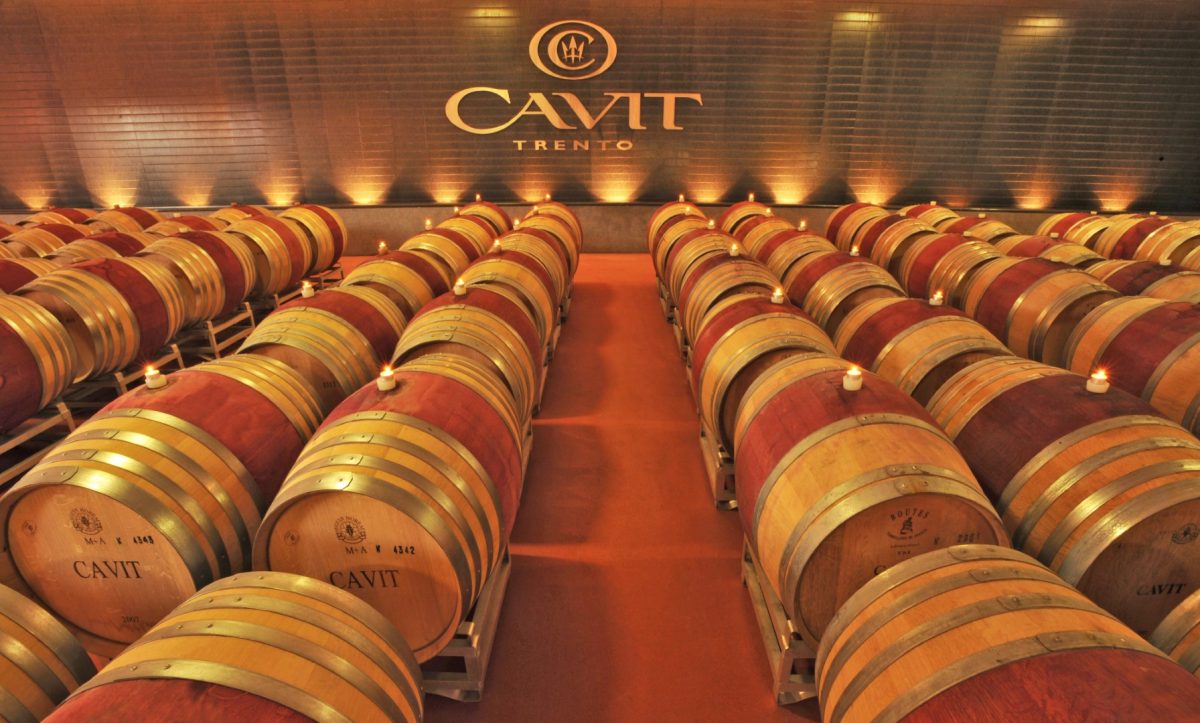
On the nose, it displays typical Riesling characteristics of lime zest and peach, followed by floral notes. On the palate, this Riesling is dry, taut and delicately textured. Acidity drives it forward, while citrus notes add complexity to its flavour. Riesling is still a rarity in Pavia, and the Calvit interpretation attempts to create a distinctive style with a touch of sweetness. We especially like Riesling as a food wine, and this pairs exceptionally well with Asian cuisines. Try it with Thai dishes like green mango salad with minimal chilli, prawn laksa, or sushi. It is equally at home with Sichuan chicken or Vietnamese spring rolls, where bright acidity lifts complex flavours. Unlike most global Rieslings that appear in brown or green bottles, the Cavit Riesling is in a clear bottle so you can see what you will enjoy when purchasing the wine.
- Producer: Cavit
- Style: Riesling
- Region: Pavia
- Vintage: 2023
- Grape Varieties: Riesling
- Alcohol Content: 11.5%
- Closure: Screwcap
- Price: RM135
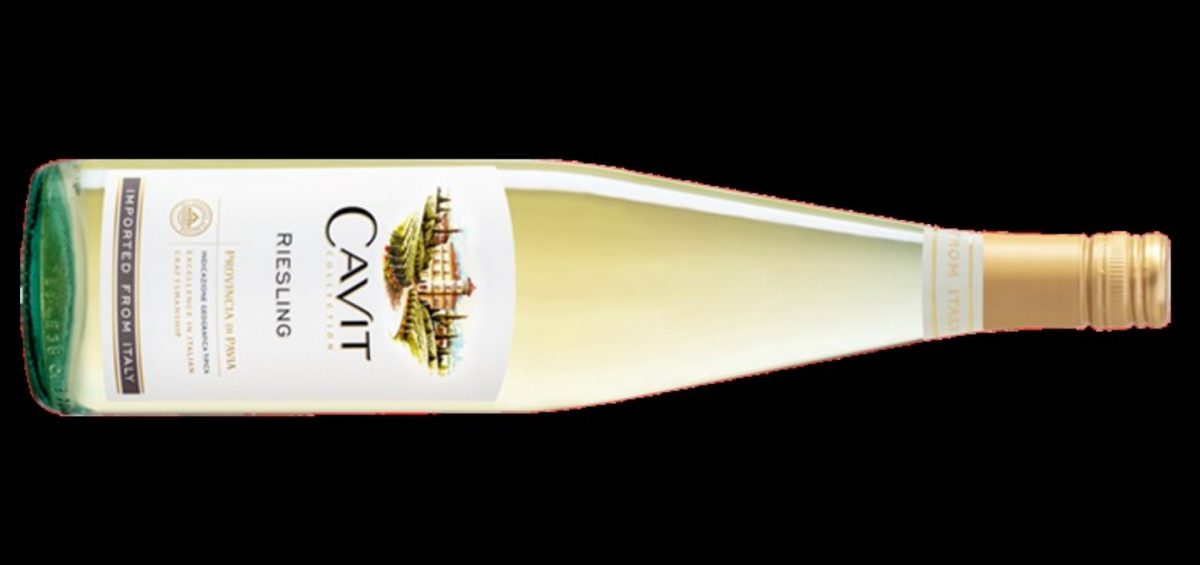
Morandé Pionera Reserva Chardonnay
Founded in 1996 by Pablo Morandé, one of the nation’s pioneer winemakers, the estate helped reshape the image of Chilean wine, shifting it from volume to value and from warm climate power to cool climate elegance. Pionera is a reference to the pioneering spirit of Chilean winemakers, especially those in the Casablanca Valley, where Morandé meticulously crafts its wines. That same vision lives on in Pionero Chardonnay, crafted not in Casablanca, but in the heart of the Maule Valley, where the land offers a different kind of harmony. This Chardonnay continues that trajectory, offering a clean, approachable and expressive white that is fresh rather than flashy.
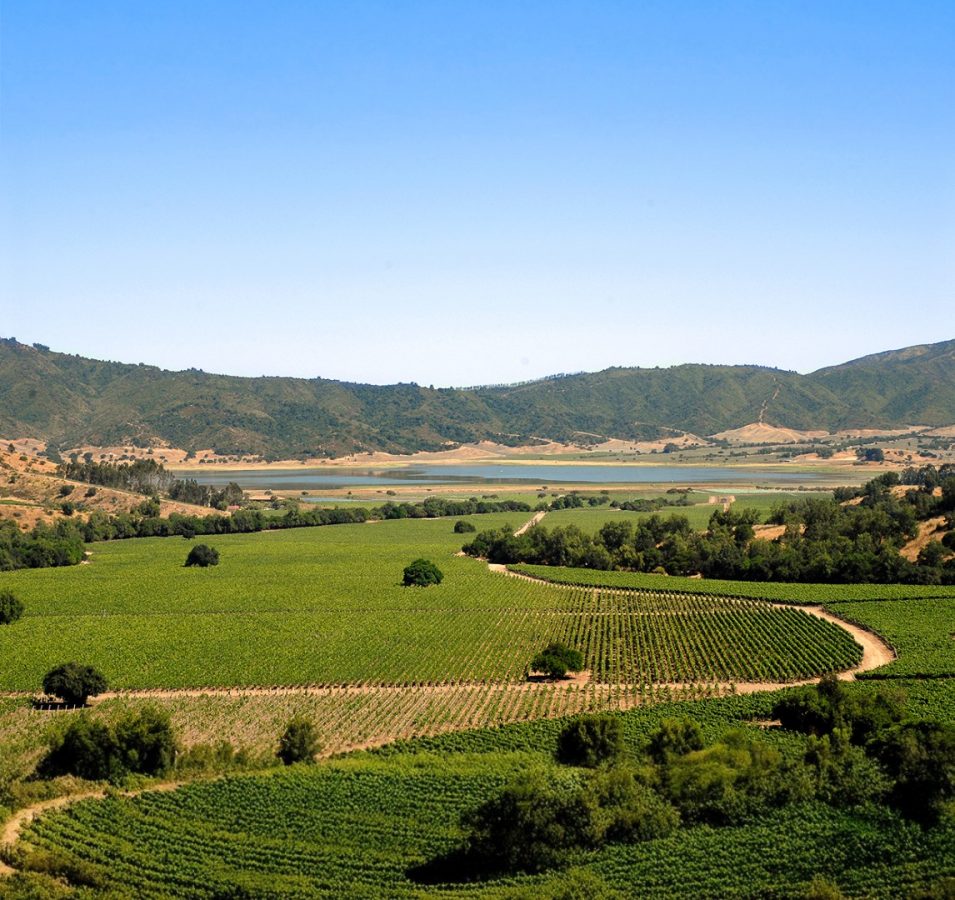
On the nose, pear, green apple and pineapple are detected along with almonds. These citrus notes flow through onto the palate. There’s no heavy oakiness either, as the fermentation occurred mostly in stainless steel, with just a portion aged briefly in neutral barrels for texture rather than flavour. In a market where Chardonnay often veers into extremes of over-oaked or overly lean, Pionero Reserva occupies an elegant middle ground. We like the balance between acidity and a slight sweetness. This wine is perfect for Japanese dishes like tempura or cold soba. It also holds up against Thai green curry, grilled chicken or Chinese steamed fish with ginger, soy and spring onions.
- Producer: Viña Morandé
- Style: Pionera Reserva Chardonnay
- Region: Maule Valley
- Vintage: 2024
- Grape Varieties: Chardonnay
- Alcohol Content: 13.5%
- Closure: Screwcap
- Price: RM145

Chakana Atorrante Torrontés de Mendoza
The term ‘attorante’ is Argentine slang for a drifter, a misfit, or someone who lives by their own rules. These days it’s also a term used to refer to the citizens of Buenos Aires. For a grape variety that’s still trying to establish itself globally, the name feels apt. While the wine’s backstory may not be so clear to those who live outside Argentina, the winemakers at Chakana have made an easy-drinking wine that represents one of the true flavours of Argentinean winemaking, Malbec being another. Argentina’s signature white grape, Torrontés (pronounced tor-on-tayz), hasn’t yet made it onto the global wine stage, but that hasn’t stopped the nation’s winemakers from trying to make a refreshingly light, floral wine.
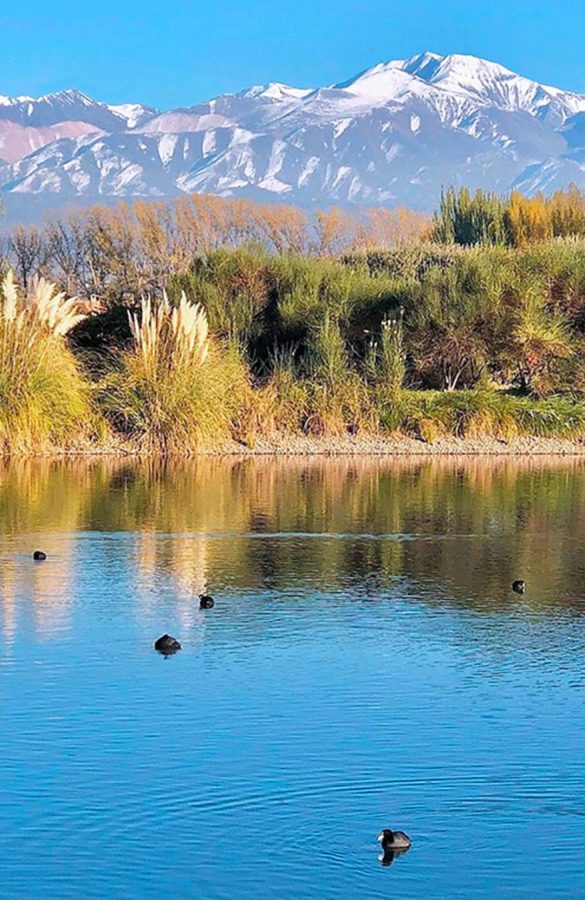
Grapes for this wine are sourced from biodynamically cultivated vineyards located at an altitude of 1,600 m, making them among the highest wine estates in the world. The altitude, combined with desert-like diurnal swings, yields grapes of remarkable aromatic intensity and acidity, producing a pleasantly fresh wine. The 2021 Torrontés enjoyed a cool vintage, allowing for longer ripening and greater concentration of aroma without pushing up the sugar levels.
Minimal intervention is part of the house winemaking philosophy, and this means no oak, thus enabling the fruit to fully express itself. The result is a wine that opens with classic Torrontés aromas of subtle orange blossom, lychee and lemon. Its aromatic lift and acid spine make it a compelling match for local Asian dishes. We think it would pair well with a Thai pomelo salad, a Vietnamese mangosteen salad, or Nyonya laksa.
- Producer: Chakana
- Style: Atorrante
- Region: Mendoza
- Vintage: 2021
- Grape Varieties: Torrontés
- Alcohol Content: 12.5%
- Closure: Screwcap
- Price: RM150

"ExpatGo welcomes and encourages comments, input, and divergent opinions. However, we kindly request that you use suitable language in your comments, and refrain from any sort of personal attack, hate speech, or disparaging rhetoric. Comments not in line with this are subject to removal from the site. "


